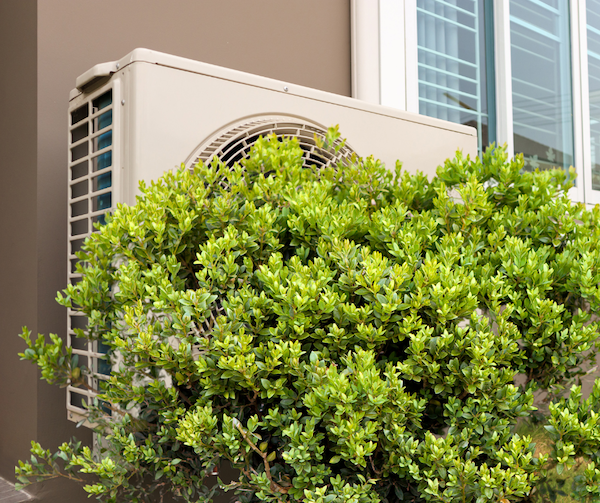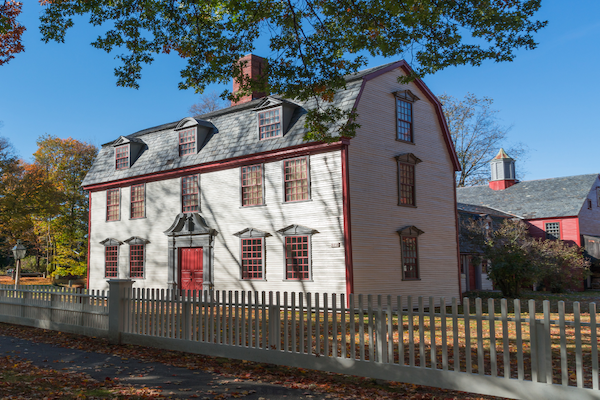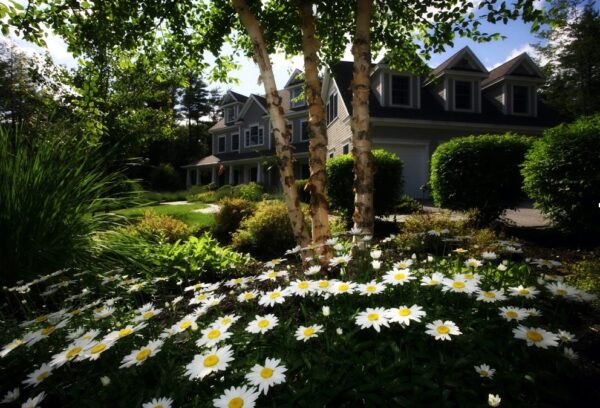Historic homes are seen as architectural gems for many residents and provide charm and a sense of nostalgia to the neighborhoods they reside in. However, many of these structures lack contemporary amenities, such as air conditioning. With fluctuating seasonal temperatures in New England, these cherished homes must be retrofitted to provide a comfortable temperature for their occupants. The challenge lies in upholding the integrity of these homes while ensuring comfort. Fortunately, advancements in air conditioning technology have paved the way for new systems that seamlessly integrate into older homes.
While using a window air conditioner or evaporative cooler may be tempting during summer months, they compromise the home’s aesthetic and can cause a spike in your energy bills. These solutions are a band-aid for a hot home and will need to be replaced before you know it. Instead, choosing a proper air conditioning system that is compatible with your home is the best choice. Both ductless mini-split systems and central air conditioners can work wonderfully in older homes.
Ductless Mini-Split Systems
Ductless mini-split systems are known for their versatility and non-intrusive installation process. Comprising of an outdoor compressor unit and one or more indoor air handlers connected via refrigerant lines, these systems require minimal structural modifications, rendering them ideal for historic properties. Mini-splits can be discreetly mounted on walls or ceilings, lessening the impact on the home’s structure and aesthetic. They also prevent the need for extensive ductwork installation, minimizing alterations to the historic design. Additional benefits include customized temperatures in each room or section of the house as well as reduced energy bills.

Central Air Conditioning
If there is room in your walls to run ductwork through your home, central air conditioning is an excellent choice for keeping cool and dry during the hot and humid summer months. You don’t have to see the system at all, and this option makes it very appealing for those who want to hold onto the historic charm of their home. Careful ductwork installation maintains character while providing the home with evenly distributed cool air, ductwork that also functions for heating, and lowered utility bills. Central AC systems are also loved for their air purification abilities, zoning capabilities, and quiet operation.
Selecting a capable air conditioning system for a historic home demands a delicate equilibrium between modern comfort and historic preservation. Whether your priorities lie in minimal modifications, energy efficiency, or eco-friendliness, these systems can aid in achieving an idyllic indoor climate while protecting the existing architecture. We strongly advise consulting with HVAC professionals well-versed in historic homes to ensure you make the perfect choice for your distinctive home and personal comfort.
If you know someone who could benefit from this blog, please share it.
If your question still needs answering or you’d like to schedule a consultation, contact the friendly team at Genove Oil & Air, and we’ll help you find the right solution for your home or business.
Whether you need home heating oil or Bioheat delivery, or installation and service of oil & natural gas systems for HVAC, heating, and cooling—call us at 781-893-9191 or email us.





